Welcome to the weekly 2A fever dream.
This weeks verse is Wartime Christmas by Joyce Kilmer. Born in New Jersey in 1886, Kilmer enlisted in the US Army in 1917 and served in the Fighting 69th in Europe during WWI. He was on a reconnaissance mission with ‘wild’ Bill Donovan when he was killed by a German sniper near Seringes et Nesles France on 30 July 1918.
Led by a star, a golden star, The youngest star, an olden star, Here the kings and the shepherds are, Akneeling on the ground. What did they come to the inn to see? God in the Highest, and this is He, A baby asleep on His mother’s knee And with her kisses crowned. Now is the earth a dreary place, A troubled place, a weary place. Peace has hidden her lovely face And turned in tears away. Yet the sun, through the war-cloud, sees Babies asleep on their mother’s knees. While there are love and home—and these— There shall be Christmas Day.
Now on to the 2A news. . .
US district court Judge Cormac Carney issued a preliminary injunction on parts of California SB 2, the Bruen response bill. The sections enjoined were the so-called sensitive places sections of the law and prevents enforcement of the new gun free zones. Carney described SB 2 as “repugnant to the Second Amendment, and openly defiant of the Supreme Court.” The law “turns nearly every public place in California into a ‘sensitive place,’” according to Carney, “effectively abolishing the Second Amendment rights of law-abiding and exceptionally qualified citizens to be armed and to defend themselves in public.” The injunction covers the following “gun-free zones” established under SB 2:
- Hospitals, mental health facilities, nursing homes, medical offices, urgent care facilities, and other places where medical services are customarily provided,
- Public transportation
- Establishments where “intoxicating liquor” is sold for consumption on the premises
- Public gatherings and special events
- Playgrounds and private youth centers
- Parks and athletic facilities
- Department of Parks and Recreation and Department of Fish and Wildlife property, except hunting areas,
- Casinos and gambling establishments
- Public libraries, zoos, and museums
- Places of worship
- Financial institutions
- Privately-owned businesses open to the public
- Parking areas (including those adjacent to “sensitive places” not challenged by the plaintiffs)
The remainder of SB 2s provisions are being challenged in separate suits.
Smith & Wesson have released a new take on the old Sigma line of pistols, the SD9 2.0. If you know anything about the Sigma/SD9, that was the pistol Smith got sued by Glock over and lost. They had to pay Gaston a royalty for every one sold. The reboot has a redesigned slide and frame. Here’s what S&W has to say about it.
The perfect package for those looking for a “do-everything” handgun from the most trusted brand in firearms, without breaking the bank. Featuring an updated trigger and more aggressive slide serrations, the next generation of SD is built to do it all.
Offered in 9MM, the new generation of SD from Smith & Wesson offers brand new performance benefits at a budget friendly price. The trigger in the SD 2.0 is an enhanced flat-face design, giving better feedback during the pull, break, and reset when shooting.
The addition of new serrations on the slide gives you better surface area to manipulate the pistol. The SD 2.0 offers an impressive 16+1 capacity in a utilitarian side, making it perfect for duty, home defense, concealed carry, or just a day on the range. SD 2.0 offers white-dot sights and is compatible with standard SD accessories like holsters, lights, and lasers.
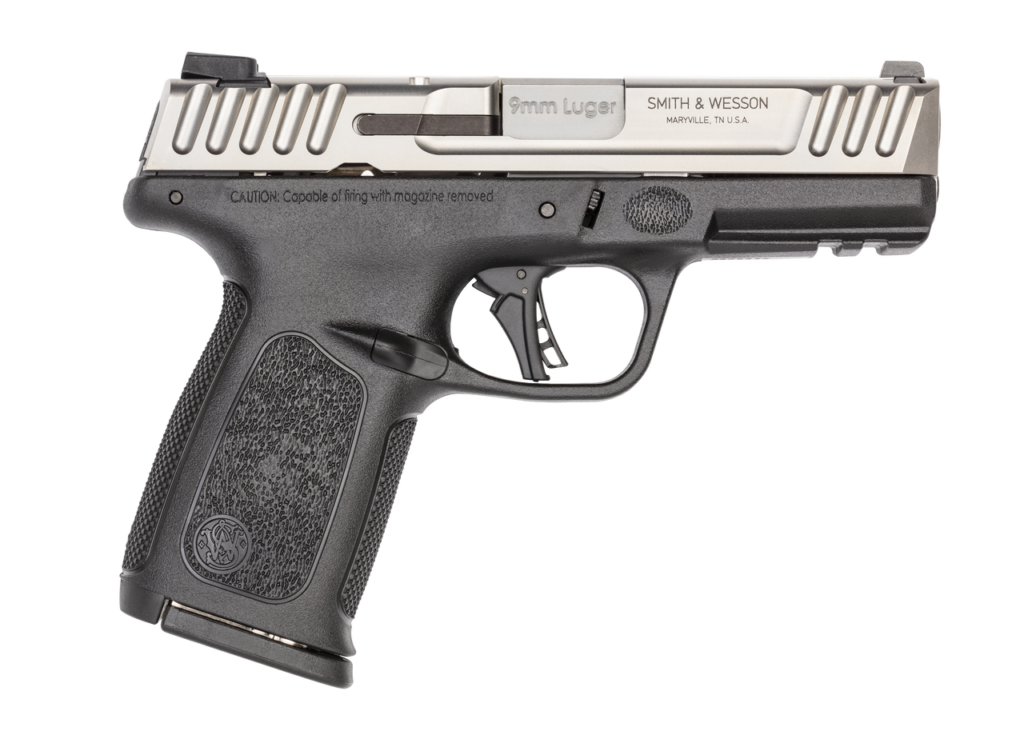
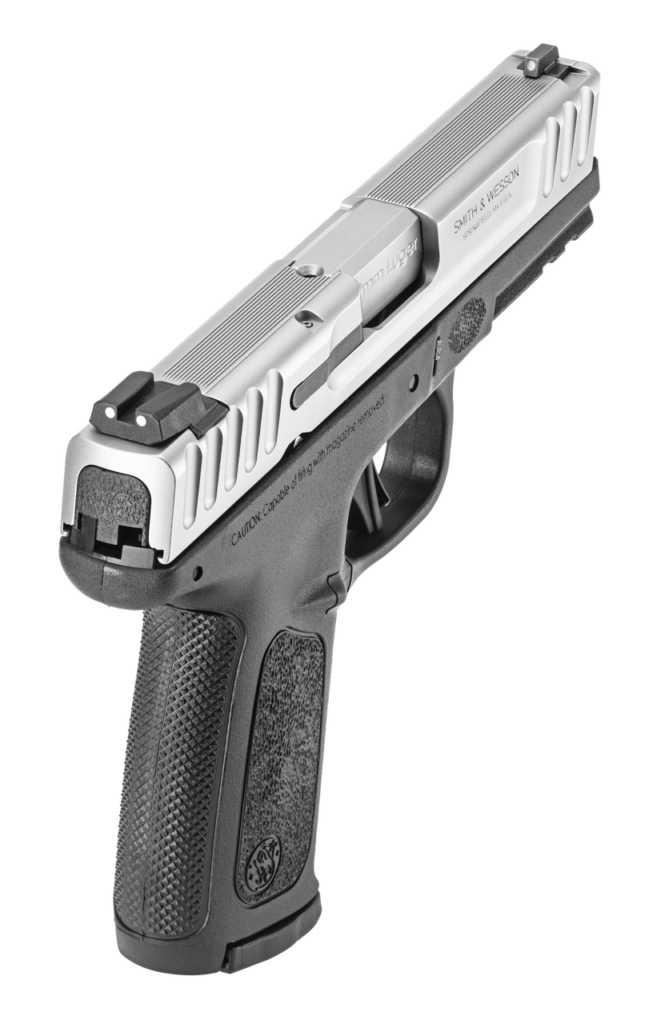

MSRP for either the full capacity 16rd version or the compliant 10rd is the same at $349.99. Once they start hitting the shops, I’d expect them to retail for around $325. Unfortunately, Commiefornia isn’t going to be getting these, as they aren’t on the registry. Massholes won’t get them either but not due to any registry issues, but because they don’t come with a Mass compliant 10lb trigger.
In firearms industry news, Colt CZ group just acquired ammunition manufacturer Sellier & Bellot. S&B is known as more of a value brand here in the US, but they manufacture quality ammo and supply several militaries throughout the world. They are also the lone(ish) source for a variety of obsolete military cartridges.
Imagine being this person. What kind of life do you have to lead to get that worked up over a toy? Also it’s fucking Sheels. They sell real guns and all sorts of outdoors gear. I’ll admit it’s a regional chain, but they operate 32 stores in 15 states.
Here’s another newly released gun for you from Heritage manufacturing. You may know Heritage from their Rough Rider rimfire pistols and revolving carbines. They have just announced the Heritage Badlander, a 12ga side by side. The all steel receiver features a tang safety and double triggers. All the metal is finished in a black oxide while the wood stock and forend have a dark walnut finish. MSRP is $849.
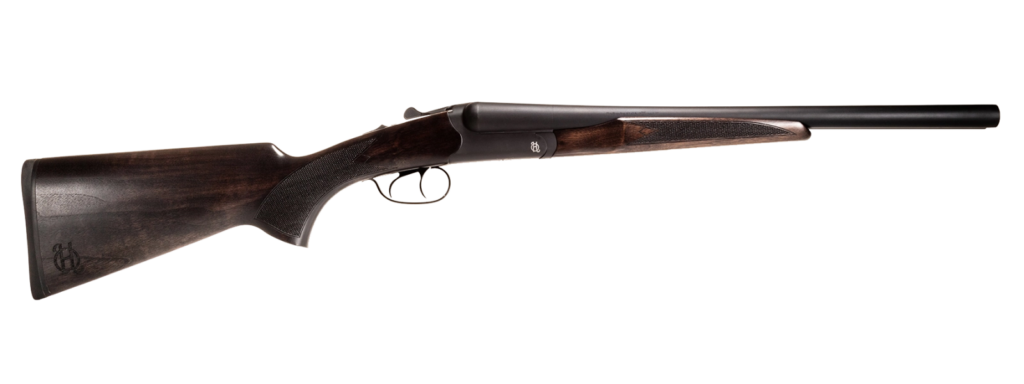
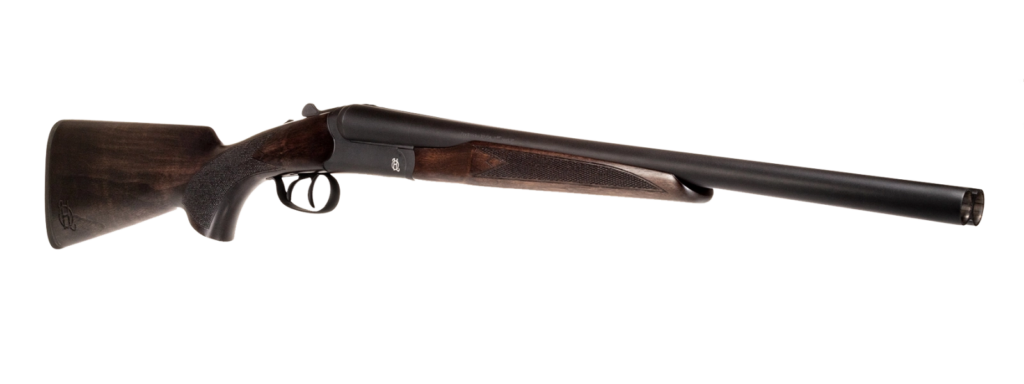
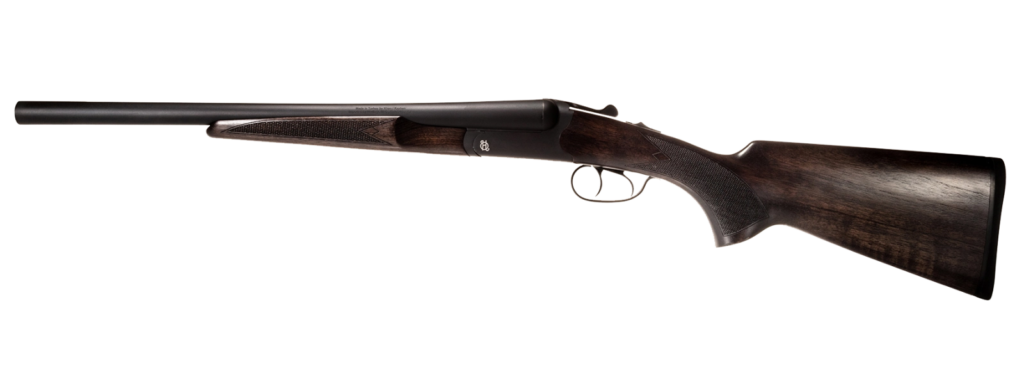
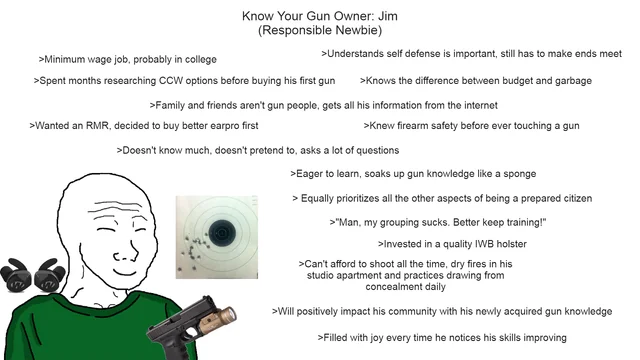
This week’s gun porn takes us back to late 1936/early 1937 and a bit of American Gun history. We have here today for your approval a pair of Winchester Model 70 rifles, serial numbers 1 and 2.






Here’s what the seller has to say:
Absent anything short of absolute certainty these rifles stand among the world’s most important and valuable sporting arms. That they are paired presents an unequaled acquisition opportunity.
Both have a captivating history. According to Roger Rule’s The Rifleman’s Rifle, serial number 1 was marked on January 20, 1936. As Winchester records are unavailable so far as supporting a proper factory letter is concerned, the actual shipping date and destination are unknown. As detailed in Winchester Model 70 No. 1, a feature article appearing in the June, 1990 issue of American Rifleman (copy included), the current owner’s uncle purchased the rifle from a hardware store in Durango, Colorado during the 1937 hunting season. Whether new or used when the sale was wrung, the rifle was already fitted with a Lyman receiver sight. Upon returning from the hunting trip, the owner had the rifle drilled and tapped in order to install a 10x Fecker scope, then hunted with it for the next forty years. In 1977, after using it over the course of several deer seasons, the current owner formally acquired the rifle – it still wearing the Fecker and with the Lyman sight in tow. Staggeringly, another ten years passed before a chance showing resulted in a dealer getting the vapors and blurting out a surprisingly high offer. This sparked a curiosity which lead to the realization that his plain old Model 70 was the first of its kind. With significant reservation, the rifle was retired from hunting after 50 years of faithful and flawless service.Published in 1982 by Alliance Books, The Rifleman’s Rifle did much to expand and solidify collector interest in Winchester pre-64 Model 70 rifles. Quite naturally, the owner of the number 1 rifle acquired a copy as part of his research. Page 193 carried a photo of serial number 2 from Rule’s collection, and page 52 showed a photo of a letter from Richard Pelton, Winchester’s Director of Marketing dated March 6, 1980. Written to Mrs. Ethel M. Lied, the letter mentions the January 20, 1936 marking date for the number 1 rifle and also states that assembly of Model 70 rifles did not begin until 1937. Pointedly, the letter references Mrs. Lied’s inquiries as to the value of her rifle – serial number 2. No doubt, ownership of the number 2 rifle passed to Roger Rule at approximately this time. At some point thereafter, the number 2 rifle was presented for sale at a major gun show attended by the owner of rifle number 1. As things tend to do, one lead to another and ownership transferred.
To no surprise, both rifles are of “standard” configuration and chambered in .30-06 Springfield.Serial number 1 condition: The bore remains smooth, strong and viable. Drilling/tapping for scope mounting includes 2x on the barrel just forward of the rear sight boss and 2x on the front ring. The rear sight is absent and the dovetail is protected with a “plug”. Overall metal finish is approximately 65 percent, as expected after 50 years of use in the hunting fields. Wood integrity is strong (absent cracks or chips). Wood finish condition is approximately 60 percent overall. Checkering is smoothing. Finish is thinning or absent in places and a general distribution of field impressions and scratches are in evidence. The bolt body is faintly marked “1” in electric pencil (or similar). The Fecker scope is viable and remains optically clear, with surface finish of approximately 70 percent.
Serial number 2 condition: The bore remains smooth, strong and viable. Drilling and tapping for scope mounting includes 2x on the front ring. Overall metal finish is approximately 75 percent. Wood integrity is strong (absent cracks or chips). Wood finish condition is approximately 70 percent overall. Checkering is strong. A general distribution of field impressions and scratches are in evidence. The bolt body is faintly marked “2” in electric pencil (or similar).
Inclusions: In addition to a complete bound set of American Rifleman magazines from 1990 with the referenced article, a personalized letter detailing the known history and transfer details of the rifles will be provided by the owner.
Price is firm and an installment sale may be arranged following a suitable, non-refundable deposit. The pair will not be separated. All transportation arrangements and associated costs are the responsibility of the purchaser.
That price? $1.7 million. That’s a bargain if you’re still looking for a Christmas gift for this Editor. . .
Yah, I know. But to be honest, if I were anywhere close to having that kind of money, I’d buy this pair in a heartbeat. Just to say I owned an important piece of American history.